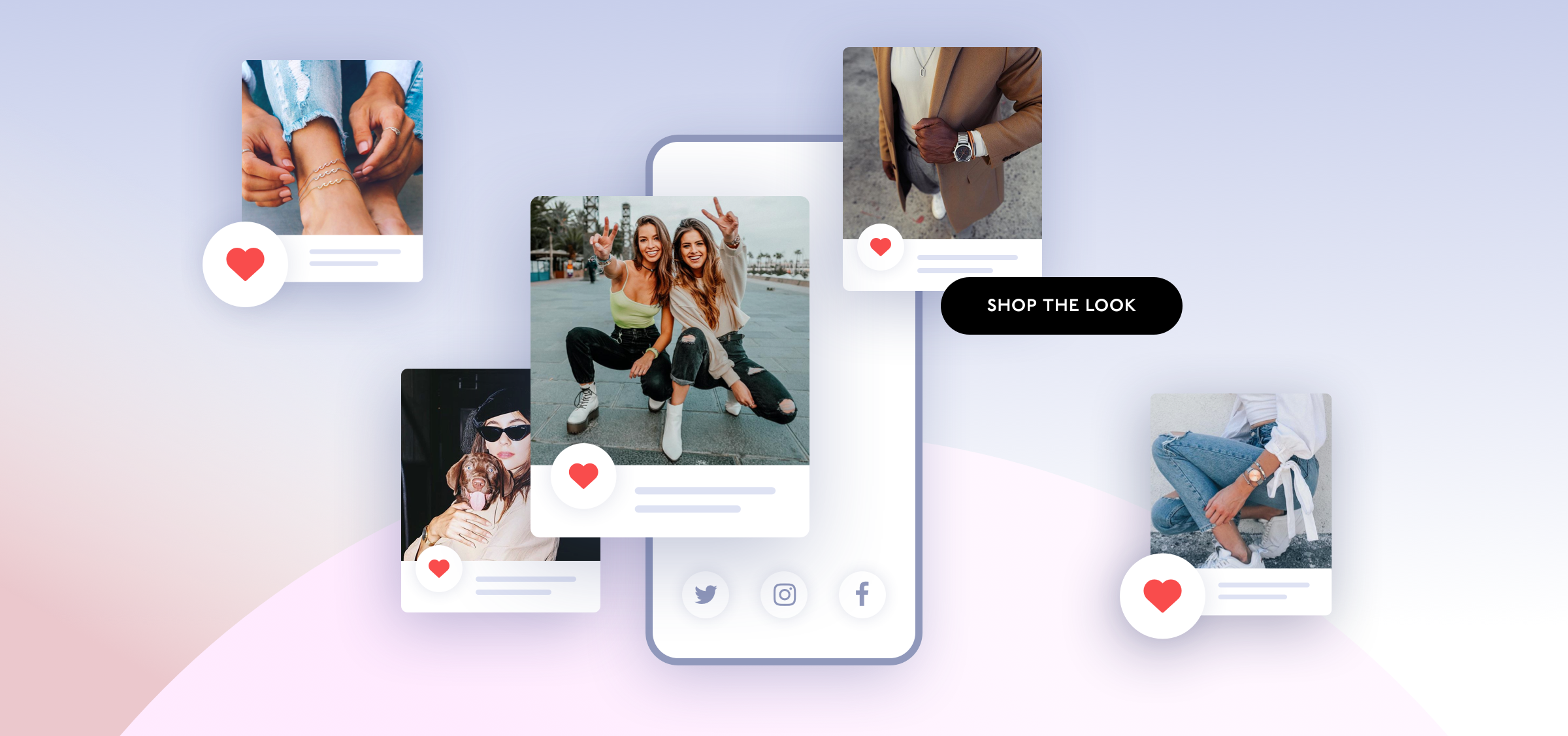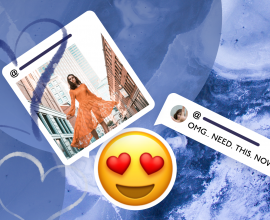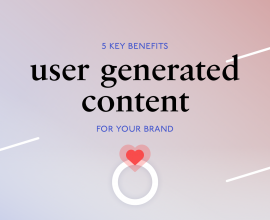User-generated content is changing the way companies market and customers buy—here’s how you can take your UGC to the next level.
Now more than ever we’re living in the age of social media. As an eCommerce brand, you can live and die by your Instagram account. Your audience has a social media presence on at least one of the major platforms. For example, over half of all millennials have an Instagram account according to PEW Internet research.
As such, these platforms are their go-to sources for community, news, entertainment, and now their primary domain for shopping. The influence Instagram has on purchase decisions is staggering:
“72% saying they have made fashion, beauty or style-related purchases after seeing something on Instagram, with the most-purchased categories being clothing, makeup, shoes and jewelry.”
Retail Drive
Fast growing companies like Foursixty partner Frankie’s Bikinis have capitalized on this new, highly visual form of shopping. Leveraging a mix of brand-created content, behind the scenes stories, and user-generated content (UGC), smart eCommerce brands are tapping into Instagram as the preferred way Millennials shop. But before we cover why UGC is key to helping millennials find new products, let’s discuss just what it is.
What is User-Generated Content?
User-generated content is content that companies get from their users. For example, if you’re a business that sells bracelets and you have customers that are posting pictures of themselves with your bracelets on. Those images are user-generated content. Content that is being promoted by customers that are fans of your product.
Of course, it doesn’t have to be just images. It can be videos, articles, tweets, or anything else that is social content. It simply has to be unpaid products or brand promotions that aren’t coming from the brand itself. Furthermore, it’s a remarkably power marketing tool—according to Business Wire, 85% of consumers prefer visual user-generated content to visual brand content. So, why is this so effective?
It Builds Trust
Simply put, the more trust a brand can build with its potential consumers the better off it will be. In a world where everything can be and is reviewed and rated by users, UGC is seen as a great indicator of truth and quality. People no longer trust old-school marketing tactics. They often find them transparently pushy and manipulative.
User-generated content, on the other hand, establishes trust by its very nature. It’s organic. The numbers bear this out. As Expert Voice found: 92% of consumers trust recommendations from people (even if it’s people they don’t know) over branded content.
Displays Authenticity
One of the things that is central in driving the trust that UGC builds is authenticity. Consumers want brands to be relatable and sincere. They want them to reflect their values to some degree or another. In turn, consumers want their products to be an extension of themselves. Thus, they need brands producing those products to declare them to be genuine.
As we just mentioned, by virtue of its organic nature, UGC builds trust. When content isn’t being pushed out aggressively or being paid for or obviously influenced in some way, consumers find it more believable, more trustworthy, and, in turn, more authentic.
It Helps Form a Community
A consequence of user-generated content being driven by consumers is that it’s more likely to form a community around the brand it’s promoting. The more people that relate to a brand and see others similarly relating to it, the more easily they form bonds around their common point of interest and concern.
Given that people like being a part of groups that allow them to share their joy in similar things, just look at sports fans or fans of movie franchises like Star Wars or John Wick, UGC forms an easy pathway to the formation of a brand-centric community. And such a community, in turn, fosters further brand loyalty and the sales of its products.
It Saves Brands Money
Finally and most simply, user-generated content is free. As opposed to a company spending thousands on advertising that in some cases can be less effective, it can now utilize UGC for content that doesn’t require a cent. Yet, despite costing nothing, as we’ve covered here UGC produces considerable benefits, with its ability to promote and build brands, drive customer loyalty, and boost sales.
So, what are you waiting for?




